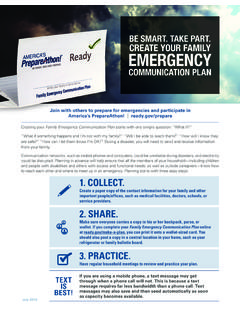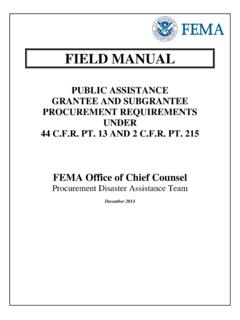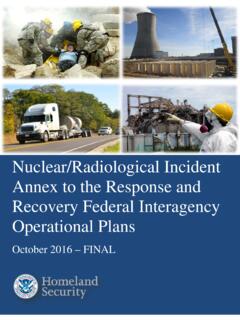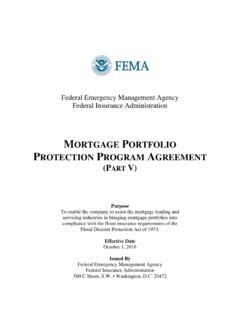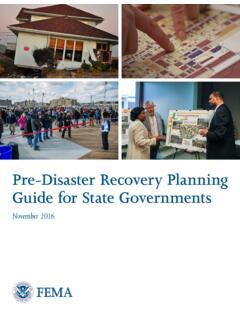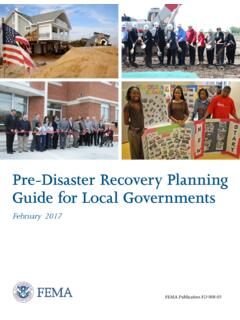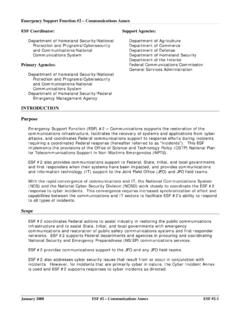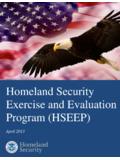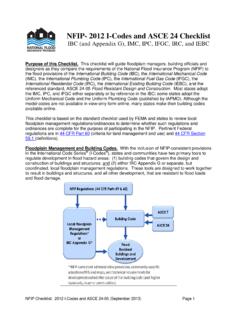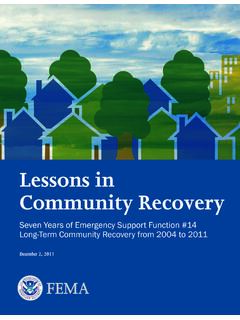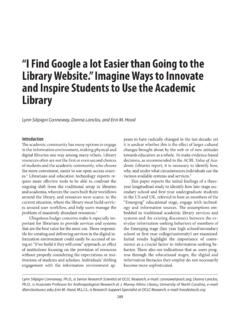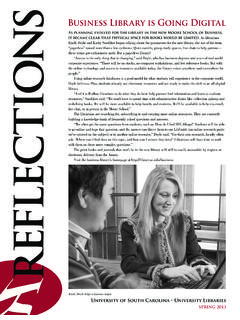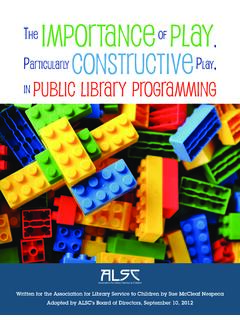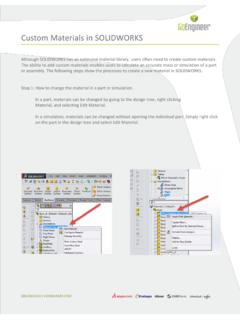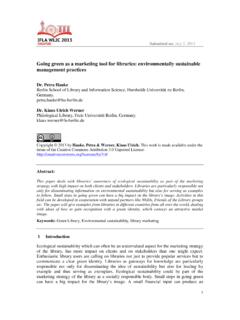Transcription of Program Update OpenHazus Hazus is Going Open Source!
1 Hazus Quarterly NewsletterLate Summer 2018In This Issue OpenHazus Cascadia Subduction Zone Earthquake Impacts Study Announcements HazusTraining Update HazusUser Tips HazusTrained Professional and Practitioner Certification Updates Program Manager s CornerHazusHelp ManagerJesse Rozelle, FEMAC ontact UsPage 1 Program UpdateUpcoming CallsNational HazusUser Group (HUG) Conference CallSecond Tuesday of every month at 3:00 ET unless otherwise noted. Sign up for calendar invites by emailing Summer 2018 | Volume 1, Issue 3 New Study Estimates Cascadia Earthquake Impacts for Portland Region using HazusJohn Bauer, Oregon Dept.
2 Of Geology and Mineral IndustriesA new study by the Oregon Department of Geology and Mineral Industries (DOGAMI) offers a look at a Cascadia Subduction Zone earthquake s potential impacts in the Portland, Oregon, metropolitan region. The study used updated geologic mapping together with the Hazus Advanced Engineering Building Module (AEBM) to estimateContinued on Page 2 OpenHazus Hazus is Going Open Source! Over the next year, Hazus models will begin transitioning off of the Esriplatform to open source geospatial technologies. Industry research for open source technology alternatives is already underway, and OpenHazusdevelopment efforts will begin in 2019.
3 However, the OpenHazusinitiative is not only about changing the Hazus software platform. It is also a new chapter for the Hazus Program , aimed at rapidly integrating the latest science and technology available in the hazard loss estimation community, and adapting the software to user needs. In addition to a complete software shell refresh, the Hazus Program is also focusing on working closely with our partners to achieve the following goals:Featured StoriesExternal Hazard Data IntegrationEnhance partnerships with federal agencies to provide dynamic data links to authoritative hazard dataInventory Data ManagementAlign inventory data collection efforts with Homeland Infrastructure Foundation-Level Data to provide more frequent updatesMethod ValidationEnsure the credibility of Hazusresults by continually updating methodology with insights from the latest researchImproved User ExperienceAlign Hazusmodel results reporting to emergency management needs and improve the
4 Overall user experienceOpenHazusProgram PrioritiesHazus AEBM provides casualty estimates for a daytime and nighttime earthquake scenario. The various scenarios allow planners to more fully understand the range of impacts the area may experience, and enhance emergency operations situational awareness when an earthquake occurs. All quantified impacts were reported as ranges for example, building repair costs from a Cascadia Subduction Zone M earthquake may range from $24 to $37 billion dollars (US).Recent geologic mapping projects in the region that incorporated lidar technology were used as a basis for updating the region s soils and liquefaction/landslide susceptibility maps.
5 Buildings footprints were used to place the structures relative to the natural hazards, and populated with information from several on page 3 Hazus Quarterly NewsletterLate Summer 2018 Page 2 Cascadia Earthquake Impacts, continued from Page 1 Featured StoriesFigure 2: Estimated injuries requiring hospitalization per neighborhood unit overlaid with hospital locations for the simulated earthquake. Loss estimates were calculated for two earthquake scenarios (Cascadia Subduction Zone and a local crustal fault), and for dry soil conditions and saturated soil conditions.
6 In the latter case, liquefaction and earthquake-induced landslides contribute significantly to overall damage estimates, helping planners better understand the potential variability depending on soil moisture conditions. Figure 1: Example from North Portland, OR, showing building footprints and variations in ground shaking intensity for a synthetic Cascadia Subduction Zone M earthquake. Lidar bare earth hillshadehighlights topographic to over 600,000 buildings resulting from ground shaking and ground deformation. Much of the region was relying on estimates that were 20 years old.
7 By using updated building and population data, current earthquake science, and the latest mapping and modeling techniques, the enhanced understanding of potential impacts is being used to improve regional response and recovery Quarterly NewsletterLate Summer 2018 Page 3 Building, content, and inventory damage, along with casualty estimates for daytime and nighttime occupancy, were summarized at the census block group level. With additional processing of the HazusAEBM output data, building debris and displaced population estimates were calculated, and summarized at the census block group and recovery planninguses of the data include pre-earthquake identification of sites for mass shelters along with capacity requirements, staging areas for debris and fuel, community points of distribution, and regional coordination for emergency care.
8 In the latter case, the study provides finer spatial detail on areas in the region that are likely to experience more injuries (Figure 2). The data can also be used to prioritize recommended actions in Natural Hazard Mitigation Plans. The study s results are also being used to Update preparedness messaging for the communities throughout the Portland metropolitan region, by helping individuals and neighborhoods better understand potential impacts and how they may prepare ahead of report and GIS data can be downloaded from the DOGAMI publication web site: Earthquake Impacts, continued from Page 2 Featured StoriesHazusTraining UpdateEmergency Management Institute.
9 FEMA is updating all of the Hazustraining courses offered through the Emergency Management Institute (EMI). The following courses will be updated to align with the newest Hazusversion and modernized to reflect newer Hazusmodeling methods before their next offering:FEMA is also introducing a new HazusCourse: E0177 Advanced HazusApplications! This course will replace E0176 Applications of Hazusfor Floodplain Managers and E0296 Applications of Hazusfor Risk Assessment. Fundamentals of these courses will be discussed in the new course, in addition to newer Hazusmodeling methods, advanced applications, and level 3 methods.
10 E0177 will act as a capstone course for Hazususers. All updates will be completed during Fall 2018. Coming Soon! Online Training: A new collection of Hazustraining videos will be available online at no cost through FEMA s YouTube channel. These convenient video tutorials will replace the Basic Hazus training previously available through the EsriVirtual complete, online video tutorials and training materials will be accessible at The tutorials will cover topics such as creating scenarios, importing data, exporting results, and much checking the HazusQuarterly and the National HazusUser Group calls for more HazusTraining Updates!
